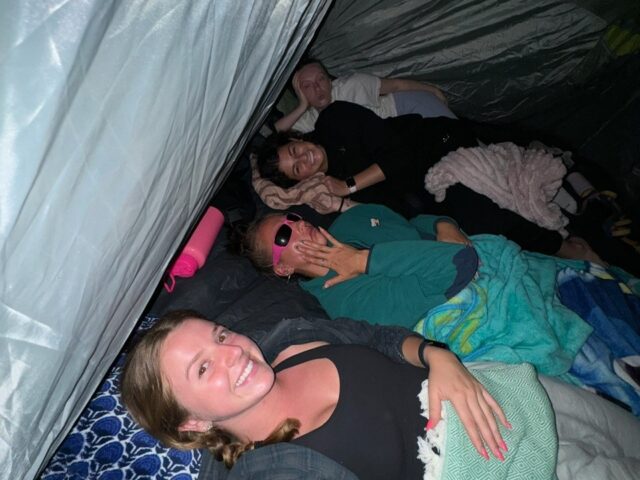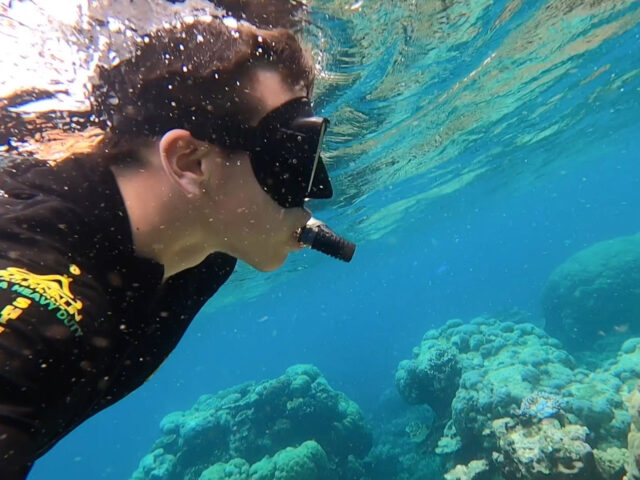Despite the complaints you might hear from some locals, the public transport in Sydney is actually quite good. It’s clean, reliable and safe. Plus, it will take you most places you want to visit while studying abroad. While you’ll quickly figure out what routes you need to take to classes, here are a few tips to help you get started.

1. Sydney pubic transport covers trains, buses, ferries and the light rail. Last year Sydney switched to using the Opal Card which is similar to London’s Oyster Card. It’s a card you keep and reload with credit for trips.
2. To use your Opal Card, you tap on when you start your trip, and then tap off at the end. You pay based on how far you are traveling and fares are also effected by the time of day. A train ride in the city will typically cost between $2.36 – 3.38, a basic bus fare is $2.10 and the ferry ride from Circular Quay out to Manly is $7.18 to give you an idea.
3. If you complete eight trips during a week with an Opal card, then your fares for the rest of the week are half price.
4. Take advantage of Sunday travel when the fare maxes out at $2.50. You can go places like Wollongong, The Blue Mountains or Manly for a cheaper rate.
5. “Concession” or student fares are for NSW permanent students only, and does not extend to international students. The fine for getting caught is steep, and usually not forgiven. Guards will sometimes take shifts standing outside the gates of popular stations and ask for your student ID when you pass through using a concession fare.
6. TripView Lite (free version) is an awesome iPhone / Android app and will save you so many times when you need to get somewhere. Even if you don’t know the name of the bus route you need to take, you can use GPS to search nearby stops and figure out which bus to take.
7. For longer distance train trips, you typically depart or transfer from Central Station. You can take a train up the coast to places like Newcastle (about a 3-hour trip) or a trip all the way down to Melbourne if you really love train travel (usually an 11-12 hour trip).
8. You might notice that most of the public ferries you see (the ones painted yellow and green) are part of the public transport system and accept your Opal card. There are some additional private or “fast ferry” options such as the Manly Fast Ferry that are quicker than the public ferry (18 mins vs. 30 mins on the public ferry) but also are more expensive.
9. If you’re nervous about getting somewhere, practice your route. Go with a friend on the weekend before to make sure you feel confident before your first day of class or internship. In general, stay alert and pay attention to where you’re going while traveling to learn more about your city.
10. You can always ask for help. I’ve never had someone who wouldn’t help (or at least try to help) point me in the right direction.







